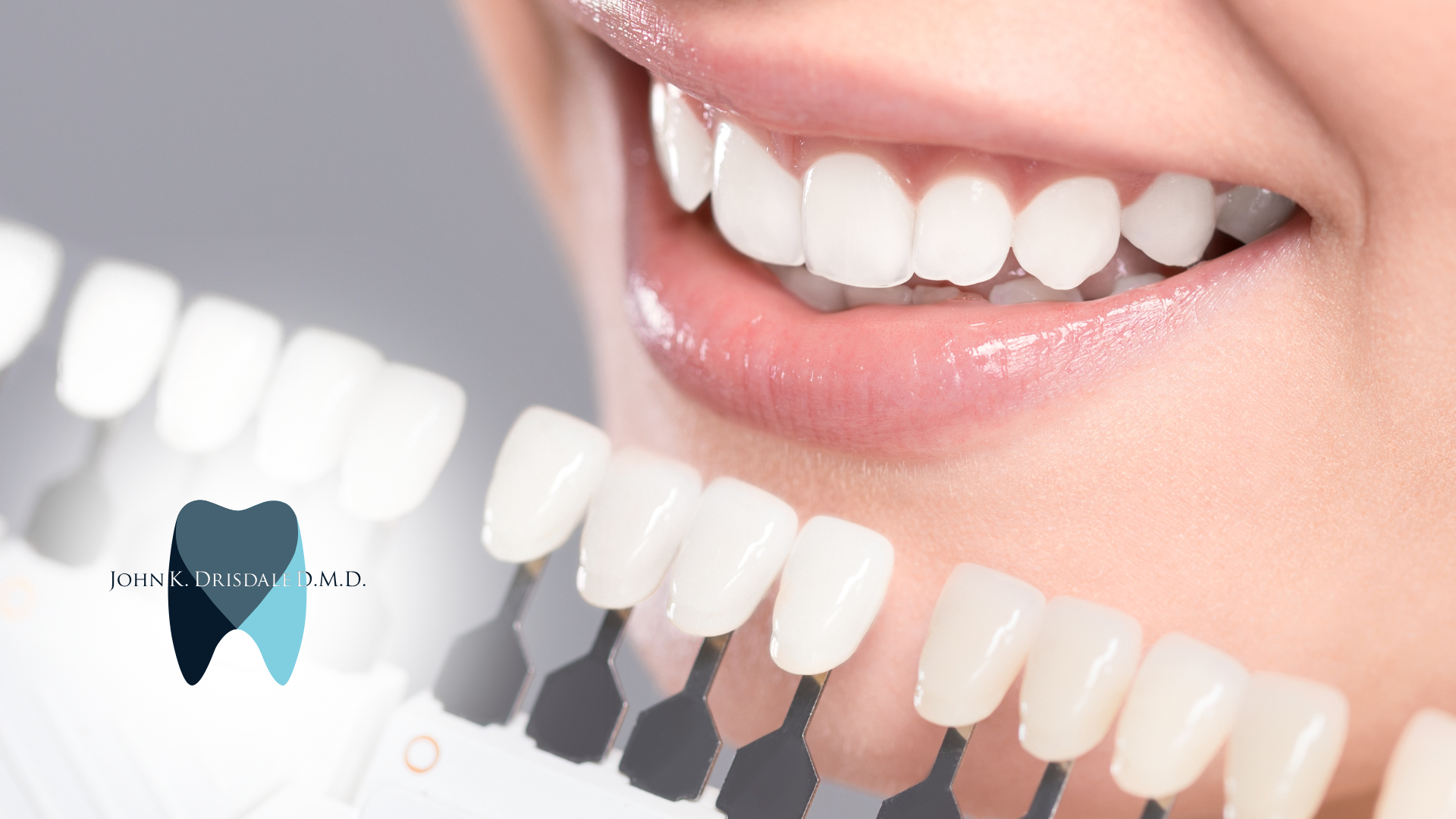Maximizing Your Dental Insurance Coverage for Veneers: Tips and Factors to Consider
When considering getting
veneers, understanding the cost implications with insurance is crucial. There are several factors that can affect the cost of veneers with insurance coverage. It's important to choose the right insurance plan and be aware of additional costs that may arise. Here are some key takeaways to keep in mind when exploring veneers cost with insurance:
Key Takeaways
- Dental insurance coverage plays a significant role in determining the cost of veneers.
- The location of the dental clinic can impact the overall cost of veneers with insurance.
- Material quality of the veneers can affect the cost even with insurance coverage.
- Choosing an in-network provider can result in lower out-of-pocket costs for veneers with insurance.
- Understanding and maximizing your insurance benefits can help reduce the overall cost of veneers.
Factors Affecting Veneers Cost
Dental Insurance Coverage
The cost of veneers can be significantly impacted by the details of your dental insurance coverage. Most dental insurance plans categorize veneers as a cosmetic procedure, which may not be covered or could be covered at a lower rate than other dental treatments. It's crucial to understand the specifics of your policy, including deductibles, co-pays, and the percentage of coverage for cosmetic procedures.
- Review your insurance policy's Summary of Benefits to determine if veneers are covered.
- Contact your insurance provider to clarify coverage limits for veneers.
- Consider the timing of the procedure within your policy year to maximize benefits.
Remember, even if veneers are partially covered, you may still be responsible for a significant portion of the cost. Planning and communication with your insurance provider are key to managing expenses.
Location of the Dental Clinic
The geographical location of your dental clinic can significantly influence the cost of veneers. Prices may vary widely from one region to another, reflecting the cost of living and the average market rates for dental services in the area.
- Urban areas with a higher cost of living typically have more expensive dental care.
- Rural or suburban areas might offer more competitive pricing.
It's essential to compare prices among different clinics in your vicinity to ensure you're getting a fair deal.
Remember that while a lower price might be tempting, it's crucial to consider the expertise and reputation of the dental clinic. A reputable clinic in a more expensive area might offer better long-term value than a less established clinic with lower upfront costs.
Material Quality
The quality of the materials used for veneers can significantly impact the overall cost. High-quality porcelain veneers are often more expensive than composite resin veneers but tend to last longer and provide a more natural appearance. When considering veneers, it's important to discuss with your dentist the types of materials available and their respective costs.
- Porcelain veneers: More durable and stain-resistant.
- Composite resin veneers: Less expensive but may require more maintenance.
While insurance may cover a portion of the cost, the choice of material can affect the total out-of-pocket expenses. It's essential to balance the long-term benefits with the immediate costs.
Remember that the longevity and appearance of your veneers will also depend on how well you take care of them. Regular oral hygiene and avoiding habits that could damage your veneers, such as biting on hard objects, are crucial for maintaining their condition.
Choosing the Right Insurance Plan
In-Network vs Out-of-Network Providers
Choosing between in-network and out-of-network dental providers can significantly impact the cost of veneers with insurance. In-network providers have agreed-upon rates with your insurance company, which often means lower out-of-pocket costs for you. On the other hand, out-of-network providers do not have pre-negotiated rates, which can result in higher expenses.
- In-network providers: Lower costs due to pre-negotiated rates.
- Out-of-network providers: Potentially higher costs without rate agreements.
It's crucial to verify whether your chosen dentist is in-network to avoid unexpected costs. If you prefer an out-of-network dentist for their expertise or quality of care, be prepared to pay more than you would with an in-network provider.
When considering the cost of veneers, remember that the choice of provider is just as important as the type of veneer or the complexity of your dental needs.
Annual Maximum Coverage
When selecting a dental insurance plan, it's crucial to consider the annual maximum coverage. This is the maximum amount your insurance will pay for your dental care within one year. Once you reach this limit, you'll have to pay out-of-pocket for any additional treatments.
- Review your plan's annual maximum to ensure it aligns with your dental care needs, especially if you're considering cosmetic procedures like veneers.
- Compare the cost of veneers with your annual maximum to avoid unexpected expenses.
- Consider the timing of your procedure within the insurance year to maximize benefits.
Remember, if the cost of veneers exceeds your annual maximum, you may need to plan your treatment over two insurance periods to fully utilize your benefits.
Pre-authorization Requirements
Before undergoing the procedure for veneers, it's crucial to understand the pre-authorization requirements of your dental insurance plan. Pre-authorization is a common prerequisite for many insurers, which means you'll need to obtain approval from your insurance company before the treatment begins to ensure coverage.
- Submit a detailed treatment plan from your dentist.
- Provide any necessary supporting documentation, such as X-rays or photos.
- Wait for the insurance company's review and approval before scheduling the procedure.
Failing to comply with pre-authorization requirements can lead to unexpected out-of-pocket expenses. It's a step that cannot be overlooked if you want to maximize your insurance benefits.
Additional Costs to Consider
Consultation Fees
Before you can get veneers, a preliminary consultation with your dentist is essential. This appointment is for evaluating your dental health and discussing the desired outcome. Consultation fees can vary widely depending on the dentist's experience and the complexity of your case.
- Assessment of oral health
- Discussion of veneer options
- Creation of a treatment plan
It's important to note that some dental insurance plans may not cover the consultation fee, considering it as a non-essential cosmetic expense. Therefore, it's crucial to check with your insurance provider beforehand to understand what is included in your coverage.
Remember, this initial investment in consultation can save you from unexpected expenses by ensuring that veneers are the right choice for your dental needs.
X-Rays and Diagnostic Tests
Before veneers can be placed, a thorough examination of your oral health is necessary. This often involves X-rays and diagnostic tests to assess the condition of your teeth and gums. These preliminary steps are crucial for detecting any underlying issues that could affect the longevity and success of your veneers.
- X-rays help in the early detection of cavities and gum disease.
- Diagnostic tests can reveal signs of oral cancer.
- Precise treatment planning is facilitated by advanced imaging techniques.
Remember, while these procedures are essential, they can add to the overall cost of getting veneers. It's important to check with your insurance provider to see if these are covered under your plan and to what extent.
Post-Procedure Care
After getting veneers, post-procedure care is crucial for maintaining oral health and ensuring the longevity of the treatment. Regular bite evaluations are important to check for any adjustments that might be needed over time. These evaluations can help in identifying issues such as malocclusion, which can affect not only the veneers but also your overall oral health.
- Treatments for malocclusion and other dental issues vary and might include braces or restorative procedures.
- Children, in particular, can benefit from early identification and treatment of dental problems.
- Most dental insurance plans cover bite evaluations, making them an accessible part of post-procedure care.
It's essential to follow your dentist's recommendations for care after veneer placement to avoid complications and additional costs. Regular check-ups and cleanings will help to keep your veneers in top condition.
Tips for Maximizing Insurance Benefits
Understanding Policy Details
To ensure you are fully leveraging your dental insurance when considering veneers, it's crucial to understand the specifics of your policy. This includes knowing the extent of coverage for cosmetic procedures, as many insurance plans categorize veneers as a cosmetic procedure and may offer limited or no coverage.
- Review the summary of benefits to identify what is covered and the percentage of the cost you are responsible for.
- Check for any waiting periods that may apply before you can utilize benefits for certain procedures.
- Determine if your policy has any exclusions or limitations specifically related to veneers.
By familiarizing yourself with these details, you can avoid unexpected expenses and make informed decisions about your dental care.
Regular Dental Check-ups
Maintaining regular dental check-ups is crucial for the longevity of your veneers and can also help in maximizing your insurance benefits. During these visits, your dentist can identify any issues early on, potentially saving you from costly repairs or replacements that might not be covered by insurance.
- Schedule check-ups every six months or as recommended by your dentist.
- Use these appointments to discuss the health of your veneers and any concerns you may have.
- Keep a record of all visits and treatments to ensure accurate insurance claims.
Regular check-ups are not just about cleaning; they are an investment in the health of your veneers and your overall oral health. By staying proactive, you can avoid the need for more extensive dental work that could exceed your annual insurance coverage limits.
Utilizing Flexible Spending Accounts
Flexible Spending Accounts (FSAs) can be a strategic way to manage out-of-pocket dental expenses, including those for veneers. By allocating pre-tax dollars to an FSA, you can effectively reduce your taxable income and save money on procedures not fully covered by insurance.
- Determine the annual contribution limit for your FSA.
- Estimate your upcoming dental expenses, including veneers.
- Allocate funds accordingly during your employer's enrollment period.
Remember, FSA funds are use-it-or-lose-it, so plan carefully to avoid forfeiting unused contributions at the end of the year. It's also important to check if your dental clinic accepts FSA payments; for instance, John K Drisdale DMD in Midland, TX, provides various cosmetic dentistry services that may be eligible for FSA use.




